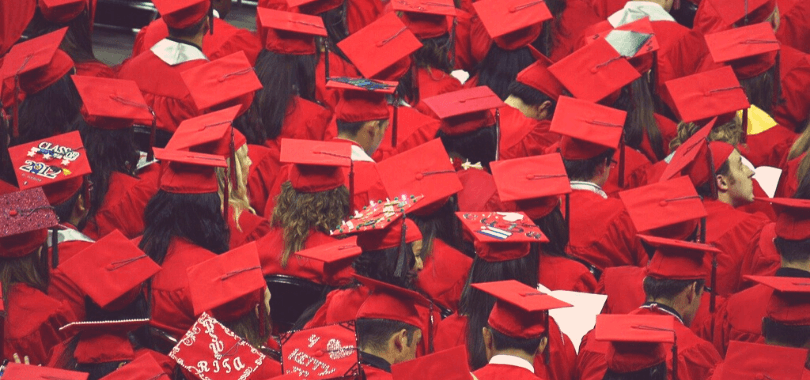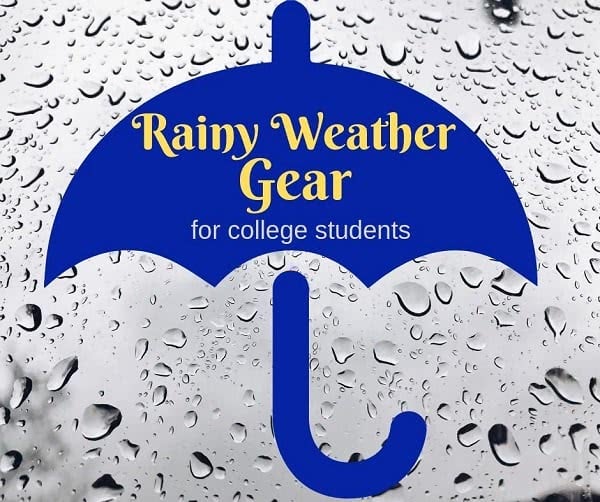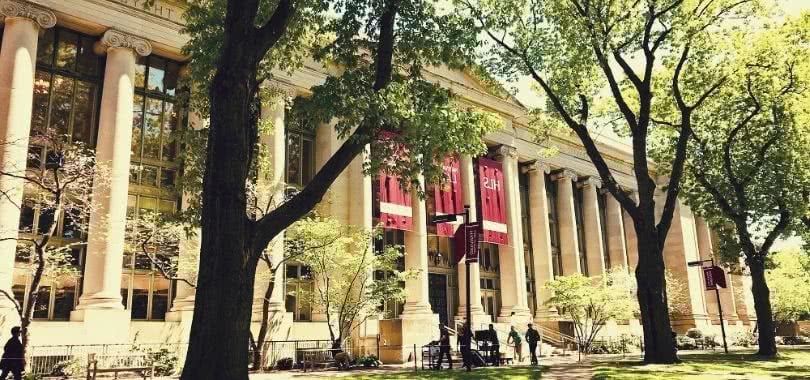More and more often, we see schools that grant bachelor’s degrees having low 4-year graduation rates. Some programs seem to extend to 5 or even 6 years frequently. However, even across these extra years, the rates can be low. The same applies to schools that grant associate’s degrees; only 28% of students graduated with an associate’s degree in 3 years. One study shows that nationally only 19% of full-time students at non-flagship schools earn their bachelor’s degrees within four years. Even at flagship and research schools, the rate isn’t much better–36%. So what’s the deal? Why are schools seeing this trend of low graduation rates?
Let’s talk numbers and why graduation rates are lowering:
First, let’s make sense of what the numbers represent. When we talk about the federal definition of graduation rates, the number only includes full-time, first-time students in a cohort (a group of students who enter in the same year) who graduate within 150% of the expected time to graduate (i.e., 6 years at a 4-year institution and 3 years at a 2-year institution). This means that transfer students, part-time students, and non-traditional students are not in the equation in addition to drop-outs. Depending on what schools you look at, this non-inclusivity can drastically change the graduation rates.
Many state schools (and some private institutes) get students who transfer from community colleges to make expenses more affordable; students might also start at a state school and transfer to a private college after completing gen eds for the same reason. We see students drop to part-time status for a semester or two. Maybe they are struggling to pay for school, need to work more, or need to help out their families. And anyone who takes a break from their education doesn’t count toward these rates.
So what does this mean for schools? Those institutions that are more traditional (the private sector mostly) have higher graduation rates because their students remain full-time. Some of the more prestigious universities won’t even accept transfer students. Therefore, the graduation rates are less likely to be marred. There is also data to support that those schools who are more selective about their students have the highest graduation rates (89% for the 2008 cohort who attended schools with 25% or less acceptance rating) versus those who have open admissions (36% for the 2008 cohort).
Income-related issues:
Despite the issues in declining graduation rates, there is much to be said about the number of students who do not graduate at all, the drop-out portion of students. There are several factors at play here, one of the largest ones being family and personal income. If a student cannot continue paying for college, they may have to drop out completely or put their education on hold, quite possibly for years. This is a major political point nowadays: can we make public university tuition-free to those that need it, and would it help retention rates? As things stand now, income-related retention issues definitely widen the gap between the public schools that come with a lower tuition rate. However, fewer scholarships and private schools whose need-based scholarships can cover some students’ entire tuition for four years.

Academic preparation:
Another factor is academic preparation. For many students, the jump from high school classes to college classes is a bit larger than they originally thought. Even those adequately prepared take some time to adjust to the pacing. However, if the high school did not challenge a student enough, or if a student is unable or unwilling to rise to the challenge of a college curriculum, then there is a higher chance of that student not finishing an undergraduate study. To cater to these students would be to lower academic standards of the college. That is something we do not want to see.
Part of that academic preparation includes students choosing a school and a program they want to earn their degree in. Burn-out rates increase when students choose majors they don’t really have an interest in. This can also lead to switching majors (which may increase the amount of time a student spends at school) or transferring schools in addition to the students who decide that college isn’t for them based on a bad experience. Commitment to attaining a Bachelor’s degree helps negate some of these effects. But, if the student is not committed, they are more likely to drop out.
These are all things to keep in mind when assessing schools based on their graduation rates. As they stand now, these rates are not necessarily the best indication of how well a school is doing. There is some talk of finding a different way to calculate graduation rates, but nothing has been implemented as of yet. So when you are looking at schools, try to keep an open mind concerning graduation rates and all the people who graduate that are not included.
—
Interested in discovering ways to increase your odds of graduating in four years? We’ve got an article on that! One major way of graduating on time is ensuring you don’t need to transfer—find the right college for you, right away, with College Raptor’s free match tool!






